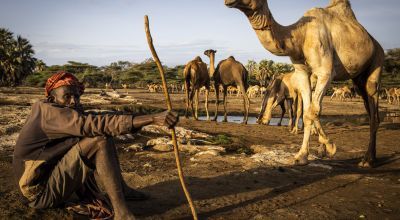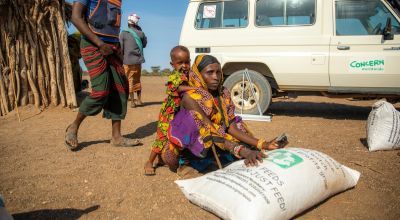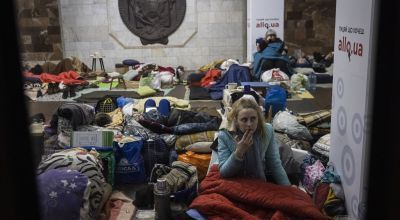
Knowledge Hub
Significant parts of East Africa experienced one of the worst droughts in recent years.
After four consecutive below-average rainy seasons since late 2020, major parts of East Africa were affected by one of the most severe droughts in recent history. Over 23 million people faced dangerous levels of hunger in Ethiopia, Kenya, Somalia and South Sudan.
As it stands, one person was estimated to die every 48 seconds due to hunger in the region. A total of 20 million people were at risk of starvation in 2023, with 5.7 million children across Ethiopia, Kenya and Somalia in danger of becoming acutely malnourished.
Millions of people, no longer able to live off their land left their homes to search for food and water as the situation worsened and as agriculture continued to falter. In Somalia alone, over 7 million people were affected, with 1 million people leaving their homes and 3 million livestock perishing as a result of the drought.
East Africa has faced famine and drought in its past, with the 2011 crisis being particularly devastating. However, this current crisis is being exacerbate by climate change and the Ukraine conflict. It is important to note that the direct causes of the drought stem from La Niña, the regular and normal changes to tropical atmospheric circulation that affects wind pressure and rainfall. With that said, scientists believe that climate change is intensifying La Niña and leading to less reliability of rains during this period.
Additionally, much of East Africa and the rest of the world are reliant on Ukraine and Russia for their supply of wheat, with Somalia traditionally sourcing 90% of wheat from Russia and Ukraine. Amidst the conflict, the supply chain struggled and prices and availability have soared.
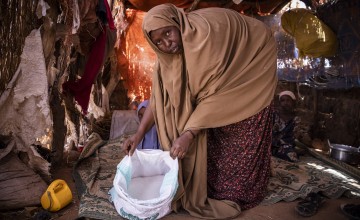
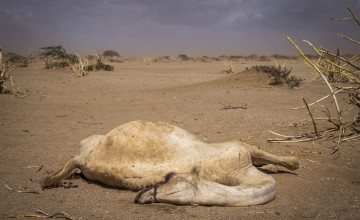

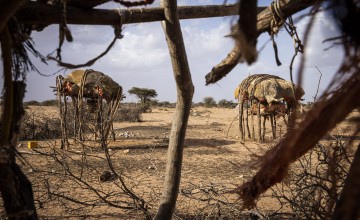

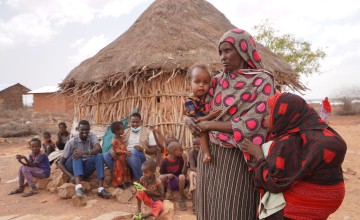
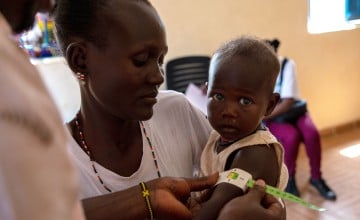
Our response
Although East Africa has seen rainfall since this drought, the situation continues to be alarming. We are continuing to monitor this crisis as it has been developing, and to help alleviate the situation, we have been supporting health clinics provide nutrition assistance. Concern has also been delivering emergency cash transfers to affected communities to help people buy nutritious food.
To strengthen resilience and improve access to adequate and safe water, Concern has been supporting communities by repairing broken boreholes and shallow wells.
To support agriculture, we are vaccinating livestock against diseases in an attempt to keep them alive during the drought.



